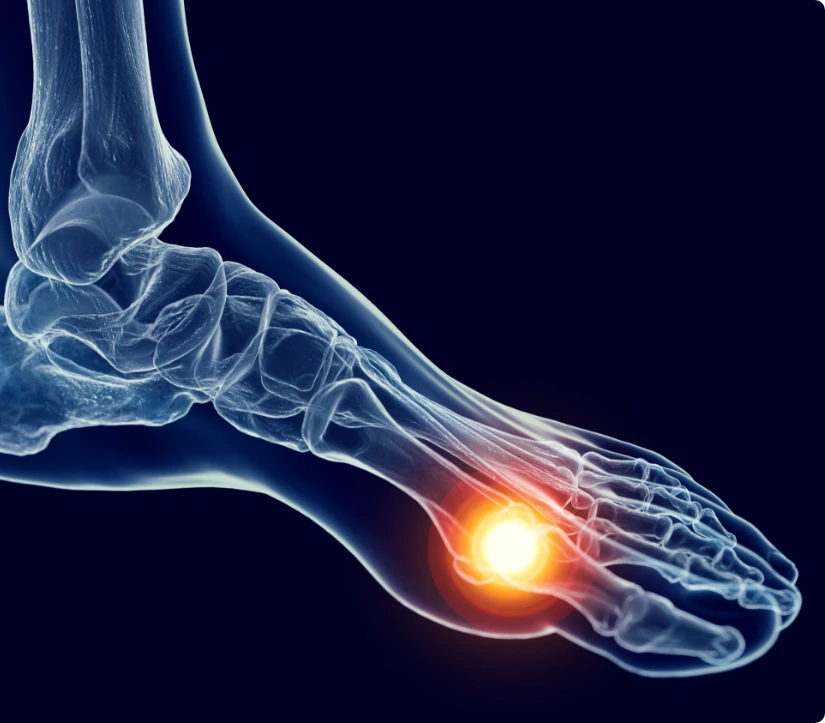This website is dedicated to gout arthritis with the aim to raise awareness about gout, the overall quality of care and minimize the burden of gout.


The global population of individuals with gout increased in the past 30 years from 22 million to 53 million1.

The sex ratio stayed consistent at 3:1 (male to female), but the gout incidence kept increasing over time1.
Gout is a type of arthritis that arises due to the accumulation of uric acid crystals in the joints, causing intense discomfort, inflammation, and swelling. Purines, which are present in various foods and produced naturally by the body, give rise to uric acid. If the level of uric acid in the bloodstream exceeds the normal level, it can cause the formation of crystals that can accumulate in the joints, ultimately leading to the development of gout.

CKD = Chronic kidney disease
SU = Serum urate